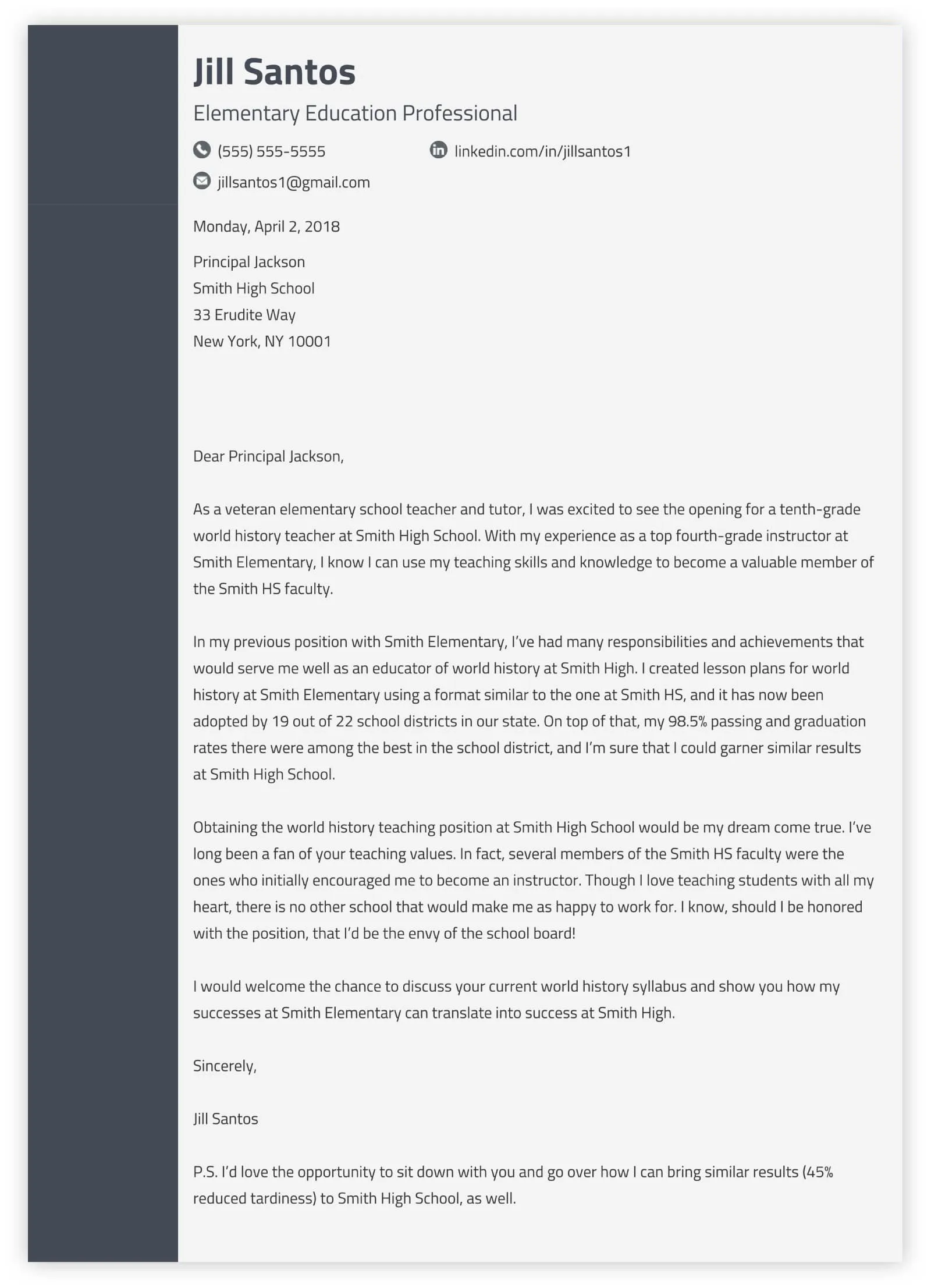The Importance of a Strong IT Cover Letter
In the competitive world of Information Technology, a well-crafted cover letter is your first opportunity to make a lasting impression on potential employers. It’s more than just a formality; it’s your chance to showcase your personality, passion, and the specific skills that make you the perfect fit for the role. A strong cover letter acts as a bridge, connecting your resume’s highlights with the specific needs of the job, demonstrating your understanding of the company and the position. Without a compelling cover letter, your application might get overlooked, even if you possess the necessary qualifications. This document is your chance to articulate your enthusiasm for the role and explain why you are the best candidate.
Highlighting Relevant IT Skills and Experience
Your IT cover letter should immediately highlight the skills and experiences most relevant to the specific job you’re applying for. This involves carefully reviewing the job description and identifying the key requirements. Tailor your letter to match these requirements, showcasing how your previous roles and projects align with what the employer seeks. Quantify your achievements whenever possible; instead of saying you ‘managed’ a project, state you ‘managed a project that increased efficiency by 15%’. This demonstrates a clear understanding of your impact and provides tangible evidence of your capabilities. Emphasize your technical proficiency, problem-solving abilities, and your capacity for teamwork and independent work, depending on the role.
Technical Skills to Showcase
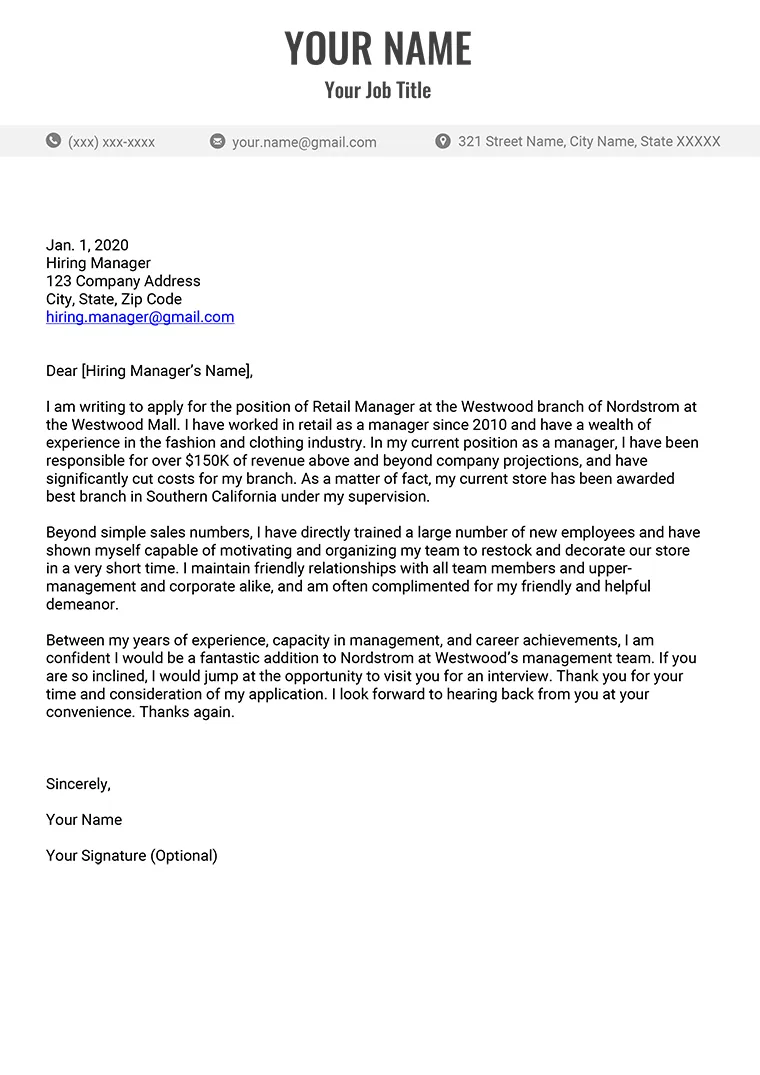
The IT landscape is constantly evolving, so highlighting your technical skills is crucial. This is where you demonstrate your practical knowledge and expertise. Be specific and mention the technologies, tools, and systems you’re proficient in. The skills you emphasize should directly relate to the job requirements outlined in the description. For example, if the role requires experience with cloud computing, highlight your experience with specific cloud platforms, such as AWS, Azure, or Google Cloud. Also, include details about your hands-on experience with software, hardware, and other relevant technical areas to make your application more attractive.
Programming Languages
Specify the programming languages you are proficient in. List languages like Python, Java, C++, JavaScript, or others relevant to the job. If you have experience with scripting languages, like Bash or PowerShell, also make sure to include them. When listing languages, you can also briefly mention any specific projects where you used those languages, showcasing practical application. It shows employers that you are skilled and capable of handling projects that require programming.
Operating Systems and Platforms
Detail your experience with operating systems, such as Windows, macOS, and various Linux distributions. Specify your proficiency in managing and troubleshooting these systems. Also, include your experience with different platforms, such as cloud computing platforms or virtual machine environments. Highlighting your understanding of different platforms will help demonstrate your versatility and adaptability within the IT environment, which is highly valued by employers.
Networking and Security
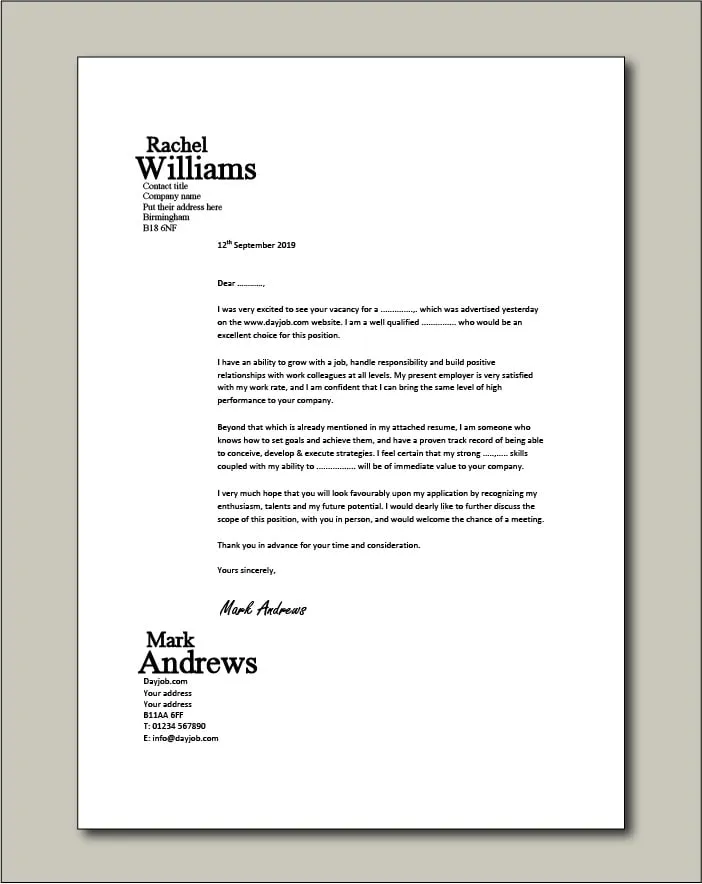
If you have networking or security skills, be sure to highlight them. Mention experience with network protocols, such as TCP/IP, DNS, and HTTP. Include your experience with network security tools and practices, like firewalls, intrusion detection systems, and VPNs. Highlighting certifications such as CompTIA Security+ or Cisco certifications can also add credibility to your application. These technical areas are crucial for many IT roles.
Experience in IT Roles
Clearly outline your experience in previous IT roles. Describe your responsibilities and accomplishments, focusing on the areas most relevant to the job description. Use action verbs to describe your work and provide quantifiable results whenever possible. This will help paint a clear picture of your capabilities and contributions in each role you’ve held. Also, highlight the impact of your actions on the team or the company, and how they led to improvements.
Project Management and Teamwork
Describe your experience in project management. Mention any methodologies you’re familiar with, such as Agile or Waterfall. If you’ve led or participated in IT projects, explain your role and the outcomes. Demonstrate your ability to work effectively in a team. Highlight experiences where you collaborated with others to achieve common goals, showing your teamwork skills, and mention how you handled conflicts or issues in past projects.
Problem-solving and Troubleshooting
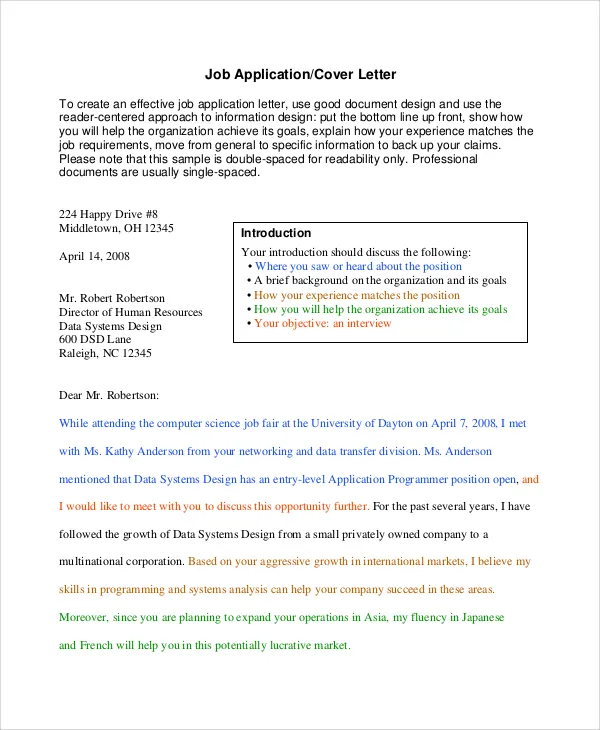
Demonstrate your problem-solving skills. Give specific examples of situations where you identified and resolved technical issues. Describe the steps you took to troubleshoot problems and the results of your efforts. Emphasize your ability to think critically and come up with effective solutions. Highlight any experience with diagnostic tools, and detail your troubleshooting methodology.
Tailoring Your Cover Letter to the Job Description
Customizing your cover letter for each job application is not optional; it is essential. Generic cover letters often fail to capture the attention of hiring managers. A tailored cover letter shows that you have genuinely read the job description and understand the specific needs of the role and the company. This increases your chances of standing out from other applicants who might have sent generic applications.
Analyzing the Job Requirements
Thoroughly review the job description to understand the required skills, experience, and qualifications. Make a list of the key requirements and use these as a guide when writing your cover letter. Identify the essential keywords and phrases the employer uses. This will help you target your letter and ensure that you address each of the critical elements the hiring manager is looking for.
Matching Your Skills to the Requirements
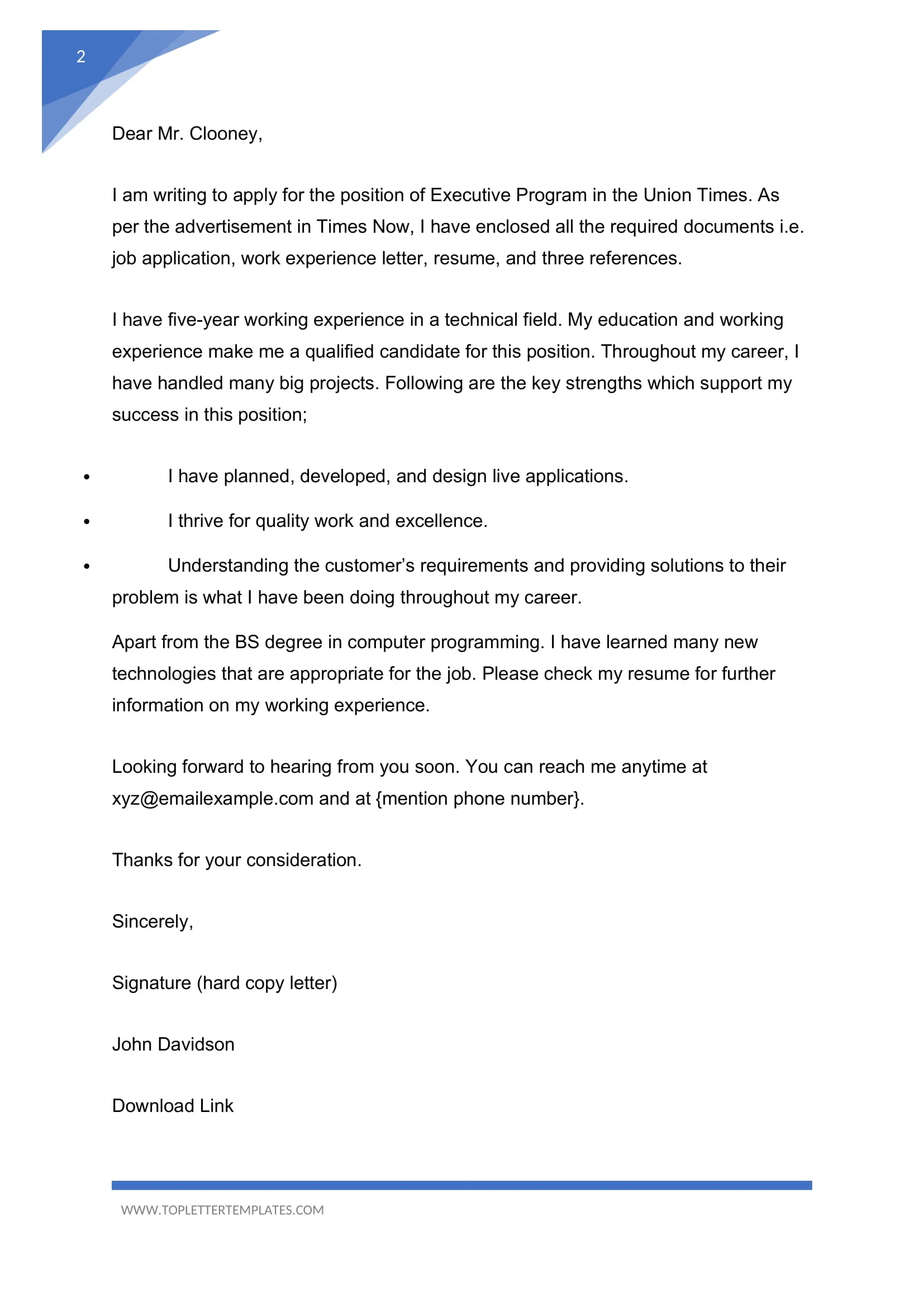
After analyzing the job requirements, align your skills and experience with the specific needs of the role. Provide examples of your past projects and achievements. Be very specific when explaining how your skills align with the role. Use the same language and keywords that are in the job description to make your application more relevant and easy to read for the recruiter.
Using Keywords Effectively
Incorporate keywords from the job description throughout your cover letter. This will help your application pass through Applicant Tracking Systems (ATS) and catch the eye of the hiring manager. Ensure the keywords fit naturally within your sentences. Avoid keyword stuffing, which can make your letter sound unnatural and less effective. Focus on providing valuable information while strategically including relevant keywords.
Formatting and Presentation for Impact
The formatting and presentation of your IT cover letter are as important as the content itself. A well-formatted letter shows professionalism and attention to detail. Use clear and concise language, break up long paragraphs, and choose a readable font. Poor formatting can distract the reader and undermine the quality of your message. Take the time to present your letter in a manner that is both easy to read and visually appealing.
Choosing the Right Tone and Style
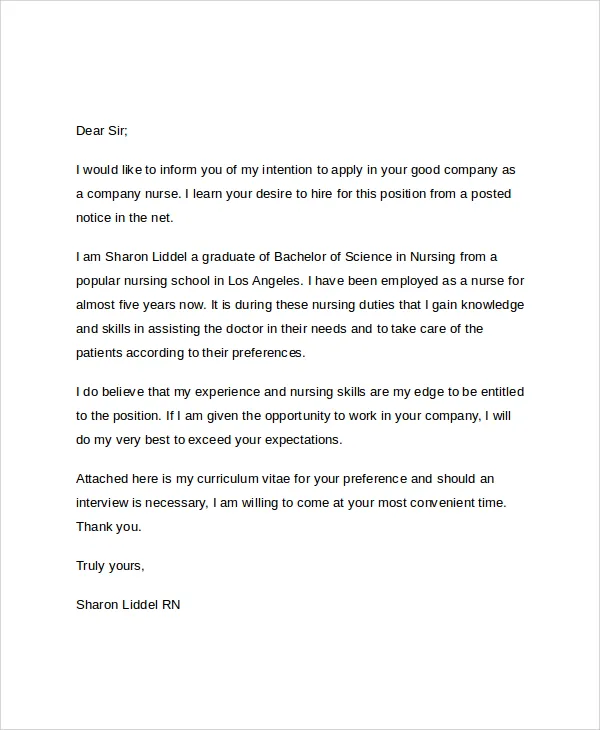
The tone of your cover letter should be professional but also reflect your personality. While it is important to remain formal, avoid sounding robotic or impersonal. Show your enthusiasm for the role and your genuine interest in the company. Adopt a tone that is consistent with the company culture, which you can often gauge from their website or social media. Strike a balance between being professional and showing personality.
Formatting Your Cover Letter
Use a professional-looking font like Arial, Calibri, or Times New Roman. Keep your cover letter to one page. Use clear headings and bullet points to make the content easy to read. Ensure your letter has adequate margins and line spacing, to avoid a cramped appearance. Consider using a template to maintain consistency and professionalism. Make sure the formatting is simple, so the focus remains on your content.
Proofreading and Editing
Proofread your cover letter carefully for any grammatical errors, typos, or inconsistencies. Errors can undermine your credibility. Read your letter multiple times, and ask someone else to review it for a fresh perspective. Check that all the information is correct and that the formatting is consistent. Paying attention to these details demonstrates your commitment to excellence and attention to detail. The overall impression should be polished and professional, making it clear that you are the right person for the job.
Showcasing Your Personality and Enthusiasm
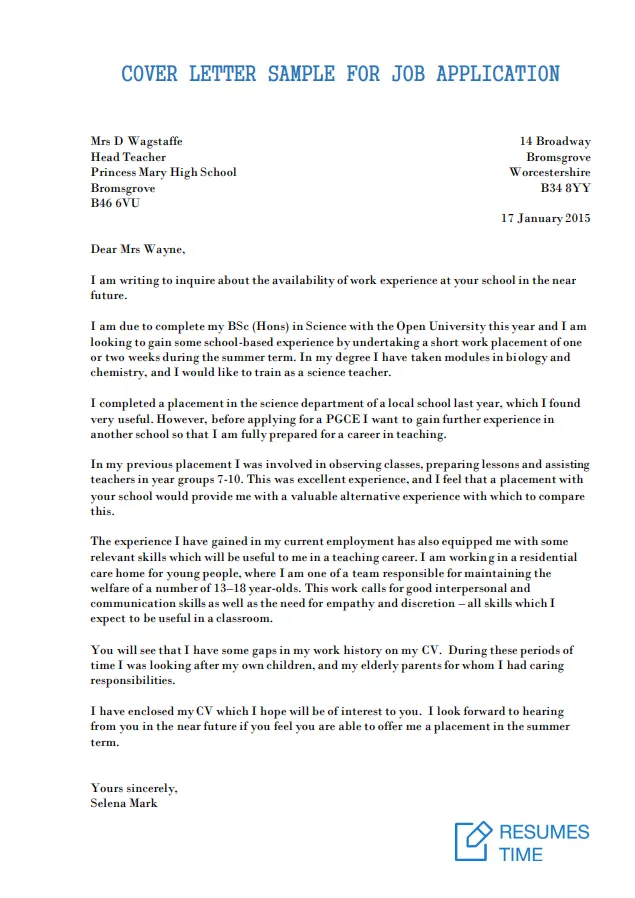
While your cover letter should be professional, it is also your chance to showcase your personality and enthusiasm for the role. This helps you stand out from the crowd and makes you more memorable. Your passion for IT, coupled with your skills, makes a compelling case for why you are a good fit for the company.
Demonstrating Your Passion for IT
Express your passion for IT and what excites you about the industry. Briefly discuss trends and developments that interest you and how you see yourself contributing to the future of technology. Show your excitement for the specific role you are applying for. Mention what you find appealing about the company and why you believe you can make a significant contribution.
Mentioning Your Career Goals
Briefly mention your career goals and how this role aligns with your aspirations. Show that you have a clear understanding of your career path and how the company can help you achieve your objectives. Align your goals with the company’s mission and values. This will show that you’re not just looking for a job but seeking a long-term career opportunity.
Closing Your Cover Letter Effectively
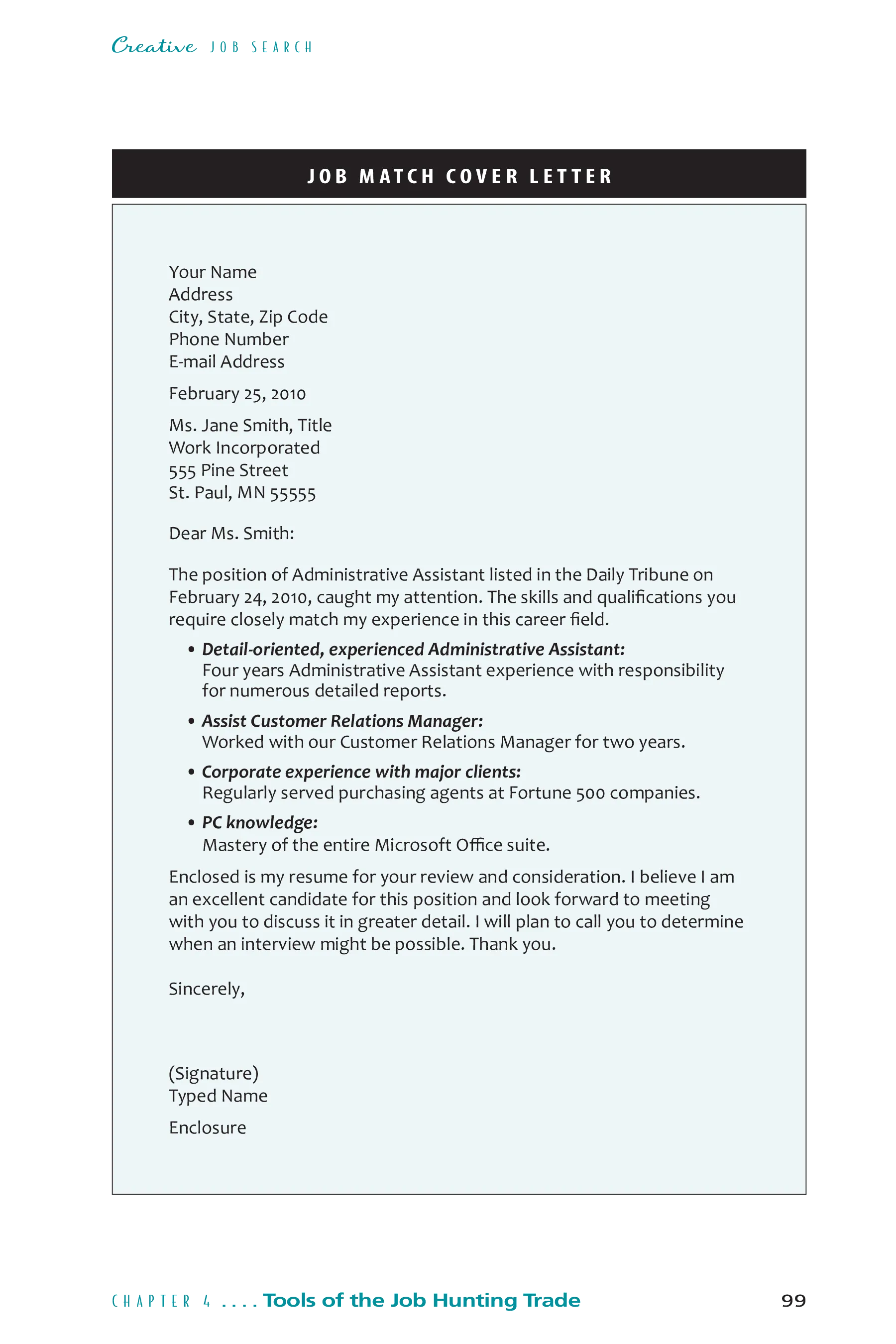
End your cover letter with a strong closing that reinforces your interest and enthusiasm. Thank the hiring manager for their time and consideration. Include a call to action, such as expressing your eagerness to discuss your qualifications in more detail and inviting them to contact you. This shows your initiative and increases the likelihood that you will be considered for an interview. Ensure your contact information is correct and easily accessible.
